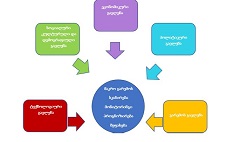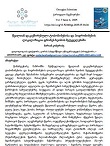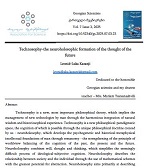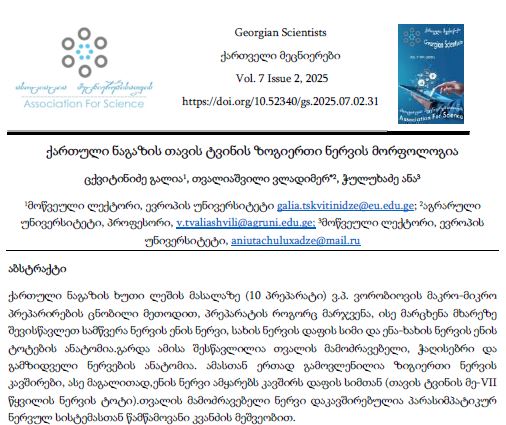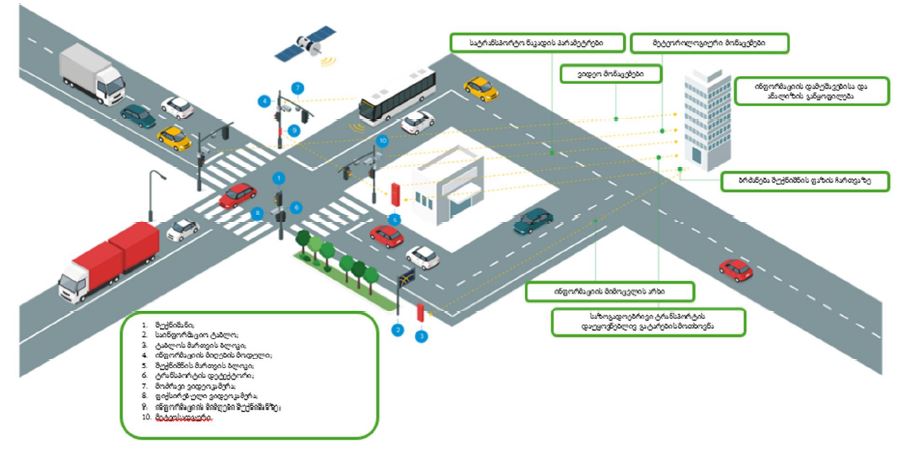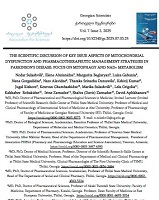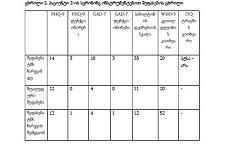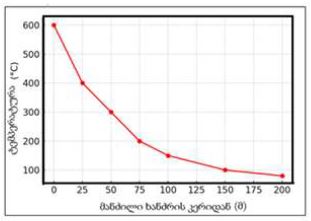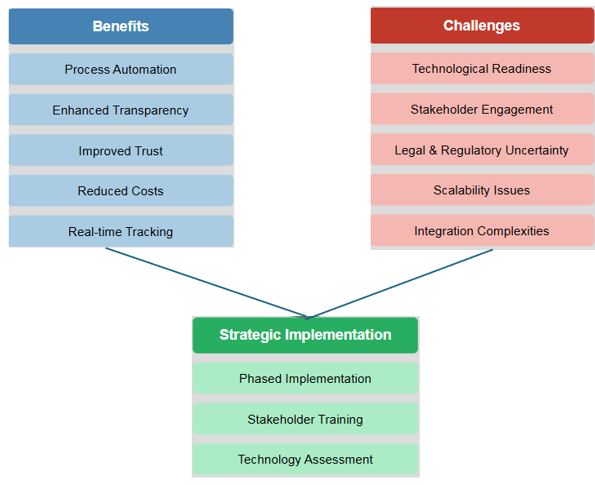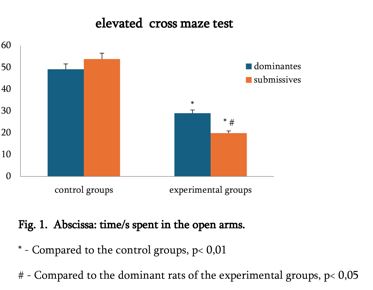ენდომეტრიუმის ეპითელური სიმსივნეების რეციდივისა და მეტასტაზირების ფენოტიპური მახასიათებლები
ჩამოტვირთვები
ენდომეტრიული კარცინომა წარმოადგენს გავრცელებულ გინეკოლოგიურ ავთვისებიან სიმსივნეს, რომლიც ინციდენტობაც მსოფლიოს მასშტაბით, ყოველწლიურად იზრდება და შეადგენს 65,620 ახალ შემთხვევას. საქართველოში საშვილონოს სიმსივნეები იკავებს გავრცელებით მე-3 ადგილს (13,3% ყოველ 100 000 ქალზე), ხოლო სიკვდილიანობით კი მე-4 ადგილს (4,8% ყოველ 100 000 ქალზე). ენდომეტრიულ კარცინომებში ყველაზე ხშირია ენდომეტროიდული ტიპის კარცინომები, რომელიც შეადგენს ენდომეტრიუმის ავთვისებიანი დაზიანებების დაახლოებით 75-80%-ს. ბოლო წლებში არ მომხდარა ენდომეტრიული კარცინომის პროგნოზის მნიშვნელოვანი გაუმჯობესება. ასევე ნაჩვენებია, რომ ჯერ კიდევ ხშირია სიმსივნეები, რომლებიც ვლინდება შორსწასულ სტადიაზე, ავთვისებიანობის მაღალი ხარისხით და აგრესიული ჰისტოპათოლოგიური მახასიათებლებით. ადიუვანტური თერაპიული მიდგომები დღეს-დღეობით ისევ რთული და ურთიერთწინააღმდეგობრივია და არსებობს მხოლოდ მცირე არჩევანი მეტასტაზური დაავადების სამკურნალო მიდგომებში . ჯერ-ჯერობით ისევ მნიშვნელოვან სირთულეს წარმოადგენს პაციენტთა იმ ქვეჯგუფის სარწმუნო იდენტიფიკაცია, რომლებიც იმყოფებიან რეციდივის და მეტასტაზების განვითარების მაღალი რისკის ქვეშ. ენდომეტრიუმის ეპითელური სიმსივნეების რეციდივისა და მეტასტაზირების ფენოტიპური მახასიათებლების ძიება აქტიურ ფაზაშია და ერთმნიშვნელოვანი მონაცემები მათ შესახებ არ არსებობს.
Downloads
R. L. Siegel and K. D. Miller, “Cancer Statistics , 2020,” vol. 70, pp. 7–30, 2020.
“www.globocan.iarc.fr”.
R. A. Soslow et al., “Endometrial Carcinoma Diagnosis: Use of FIGO Grading and Genomic Subcategories in Clinical Practice: Recommendations of the International Society of Gynecological Pathologists.,” Int J Gynecol Pathol, vol. 38 Suppl 1, no. Iss 1 Suppl 1, pp. S64–S74, Jan. 2019, doi: 10.1097/PGP.0000000000000518.
M. M. Braun, E. A. Overbeek-Wager, and R. J. Grumbo, “Diagnosis and Management of Endometrial Cancer.,” Am Fam Physician, vol. 93, no. 6, pp. 468–74, Mar. 2016.
R. A. Brooks et al., “Current recommendations and recent progress in endometrial cancer.,” CA Cancer J Clin, vol. 69, no. 4, pp. 258–279, Jul. 2019, doi: 10.3322/caac.21561.
M. M. Żyła et al., “The significance of markers in the diagnosis of endometrial cancer.,” Prz Menopauzalny, vol. 15, no. 3, pp. 176–185, Nov. 2016, doi: 10.5114/pm.2016.63500.
A. A. Hashmi et al., “Microsatellite Instability in Endometrial Carcinoma by Immunohistochemistry, Association with Clinical and Histopathologic Parameters.,” Asian Pac J Cancer Prev, vol. 20, no. 9, pp. 2601–2606, Sep. 2019, doi: 10.31557/APJCP.2019.20.9.2601.
M. Köbel, B. M. Ronnett, N. Singh, R. A. Soslow, C. B. Gilks, and W. G. McCluggage, “Interpretation of P53 Immunohistochemistry in Endometrial Carcinomas: Toward Increased Reproducibility.,” Int J Gynecol Pathol, vol. 38 Suppl 1, no. Iss 1 Suppl 1, pp. S123–S131, Jan. 2019, doi: 10.1097/PGP.0000000000000488.
M. M. Zyła et al., “The significance of markers in the diagnosis of endometrial cancer,” Przeglad Menopauzalny, vol. 15, no. 3. Termedia Publishing House Ltd., pp. 176–185, 2016. doi: 10.5114/pm.2016.63500.
A. C. Rodriguez, Z. Blanchard, K. A. Maurer, and J. Gertz, “Estrogen Signaling in Endometrial Cancer: a Key Oncogenic Pathway with Several Open Questions.,” Horm Cancer, vol. 10, no. 2–3, pp. 51–63, Jun. 2019, doi: 10.1007/s12672-019-0358-9.
M. Shah, S. R. Jain, G. Oprea, and S. Shafi, “Prognostic significance of hormone receptor (ER/PR) status in endometrial carcinoma in black women: Implications with lymph node metastasis,” J. Clin. Oncol, vol. 38, May 2020.
D.-C. Ding, H.-W. Liu, Y.-H. Chang, and T.-Y. Chu, “Expression of CD133 in endometrial cancer cells and its implications.,” J Cancer, vol. 8, no. 11, pp. 2142–2153, 2017, doi: 10.7150/jca.18869.
Y. Xu, H. Zhu, D. Zhao, and J. Tan, “Endometrial stem cells: clinical application and pathological roles.,” Int J Clin Exp Med, vol. 8, no. 12, pp. 22039–44, 2015.
H. Masuda et al., “Endometrial side population cells: potential adult stem/progenitor cells in endometrium.,” Biol Reprod, vol. 93, no. 4, p. 84, Oct. 2015, doi: 10.1095/biolreprod.115.131490.
L. T. Li, G. Jiang, Q. Chen, and J. N. Zheng, “Ki67 is a promising molecular target in the diagnosis of cancer (review).,” Mol Med Rep, vol. 11, no. 3, pp. 1566–72, Mar. 2015, doi: 10.3892/mmr.2014.2914.
S. Kitson et al., “Ki-67 in endometrial cancer: scoring optimization and prognostic relevance for window studies.,” Mod Pathol, vol. 30, no. 3, pp. 459–468, Mar. 2017, doi: 10.1038/modpathol.2016.203.
K. Horie et al., “Cyclin A is a reliable proliferation marker in endometrial cancer cell lines.,” Oncol Lett, vol. 17, no. 5, pp. 4455–4462, May 2019, doi: 10.3892/ol.2019.10135.
F. S. Ramos, L. Wons, I. J. Cavalli, and E. M. S. F. Ribeiro, “Epithelial-mesenchymal transition in cancer : An overview,” vol. 4, pp. 1–5, 2017.
O. Bilyk, M. Coatham, M. Jewer, and L.-M. Postovit, “Epithelial-to-Mesenchymal Transition in the Female Reproductive Tract: From Normal Functioning to Disease Pathology.,” Front Oncol, vol. 7, p. 145, 2017, doi: 10.3389/fonc.2017.00145.
A. Makker and M. M. Goel, “Tumor progression, metastasis, and modulators of epithelial-mesenchymal transition in endometrioid endometrial carcinoma: An update,” Endocrine-Related Cancer, vol. 23, no. 2. BioScientifica Ltd., pp. R85–R111, Feb. 01, 2016. doi: 10.1530/ERC-15-0218.
Ł. Lewczuk, A. Pryczynicz, and K. Guzińska-Ustymowicz, “Cell adhesion molecules in endometrial cancer - A systematic review.,” Adv Med Sci, vol. 64, no. 2, pp. 423–429, Sep. 2019, doi: 10.1016/j.advms.2019.08.003.
A. Travaglino et al., “Immunohistochemical Nuclear Expression of β-Catenin as a Surrogate of CTNNB1 Exon 3 Mutation in Endometrial Cancer.,” Am J Clin Pathol, vol. 151, no. 5, pp. 529–538, Apr. 2019, doi: 10.1093/ajcp/aqy178.
H. Gonzalez, C. Hagerling, and Z. Werb, “Roles of the immune system in cancer: from tumor initiation to metastatic progression.,” Genes Dev, vol. 32, no. 19–20, pp. 1267–1284, Oct. 2018, doi: 10.1101/gad.314617.118.
Y. Liu, “Immune response characterization of endometrial cancer.,” Oncotarget, vol. 10, no. 9, pp. 982–992, Jan. 2019, doi: 10.18632/oncotarget.26630.
M. Li, M. Li, Y. Wei, and H. Xu, “Prognostic and Clinical Significance of Cyclooxygenase-2 Overexpression in Endometrial Cancer: A Meta-Analysis.,” Front Oncol, vol. 10, p. 1202, 2020, doi: 10.3389/fonc.2020.01202.
საავტორო უფლებები (c) 2023 ქართველი მეცნიერები

ეს ნამუშევარი ლიცენზირებულია Creative Commons Attribution-NonCommercial-NoDerivatives 4.0 საერთაშორისო ლიცენზიით .











